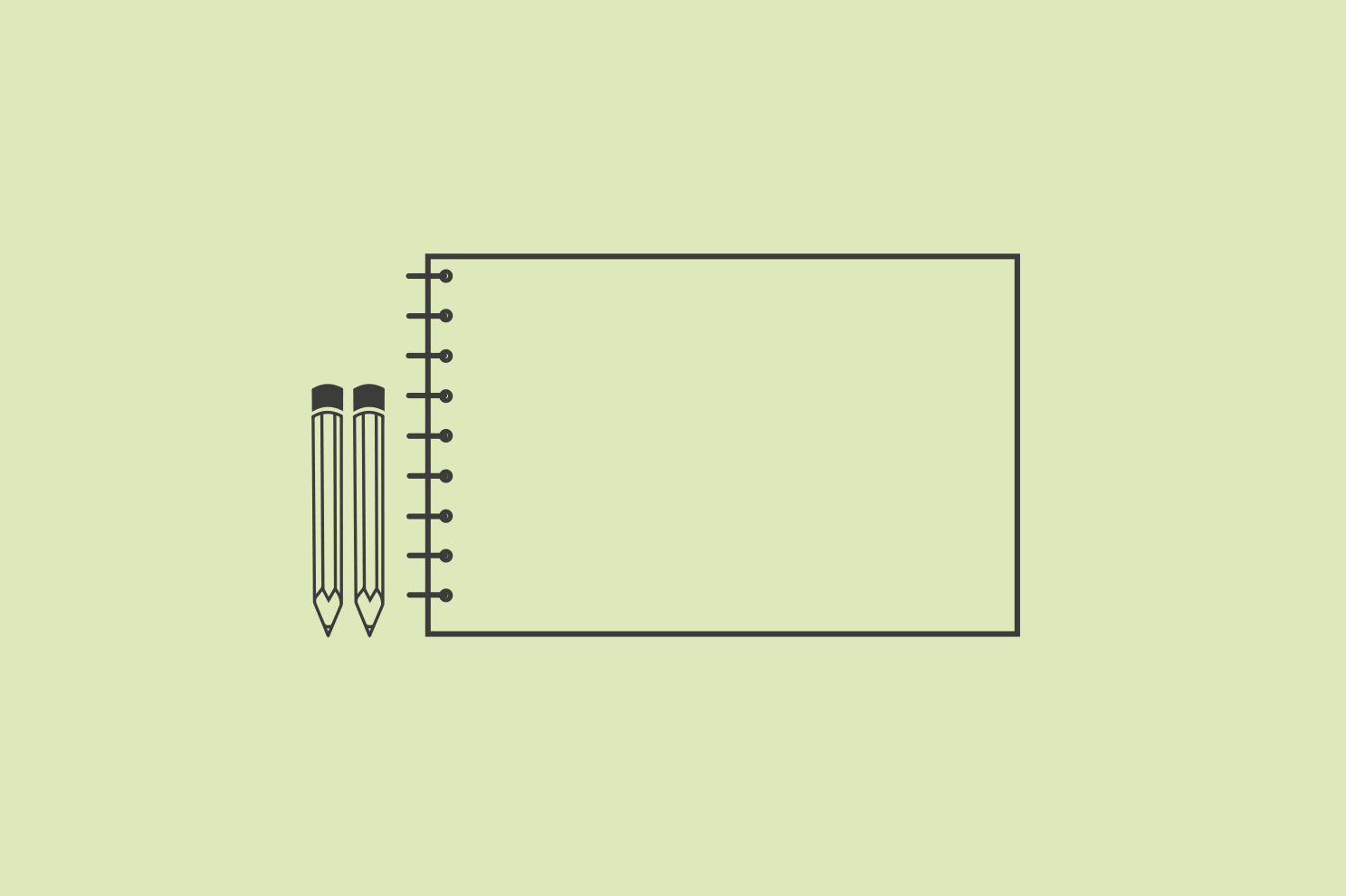The Designers Guide to: planning a photoshoot
The planning that goes into a photoshoot is arguably the most important part of the shoot. You’ve defined the brief, the desired outcome and the budget, so now it’s time to start planning.

This guide is designed to give you a few tips on how to prepare, however big or small your photoshoot, and inevitably keep those stress levels down during the shoot itself.
Idea
First things first, there are a few questions you need to ask yourself:
- What is the purpose of the shoot?
- What is the intended application/s for the photos?
- Have you defined the target audience?
- Are there any limitations to the photoshoot i.e. location, props, budget?
Once you have answered these questions and defined the intention for the photoshoot, the next step is to develop a structured plan.
Moodboard
Moodboards are a fantastic way to communicate the style, look and feel of the photoshoot to your client, the photographer, stylist and models you are working with. It is often quite tricky to communicate the vision you have in your mind, so by visualising your ideas you can be sure that each shot will fit with the direction of the shoot.
Top Tip:
On large photoshoots, it can save a lot of time if you produce a moodboard for each shot including lighting ideas, prop reference and composition.

Scamping
Scamping is a brilliant way of presenting rough visuals and the composition for your ideas to the client, photographer and stylist. Scamps can also be a great help on the day of the photoshoot as a visual reminder for the art director. See my previous blog post on ‘The Value of Scamping’ for more information.

Planning
It’s no longer just about capturing a single image for one use. Photoshoots are more about creating a deck of images with many uses. Therefore, when you are planning a photoshoot, you need to be creative and adaptable, making the best use of sets and different props. Create a detailed running order including buffer time within the schedule, so that if things take a little longer than planned it doesn’t throw off the day.
Top Tip:
Make sure you allow time for the set up and break down of each scene; it always takes longer than you think.
Props
You can never have too many props. In most cases, photoshoots are on location, in new surroundings and possibly utilise more than one location, so be prepared. Create a list of the props required for each shot, right down to the little details. This is where your moodboards and scamps can come in handy as a visual reminder of everything you will need.
Top Tip:
Always consider the scale of your props. Working will smaller products is always easier, but make sure the proportions of all the products you are using work together.





